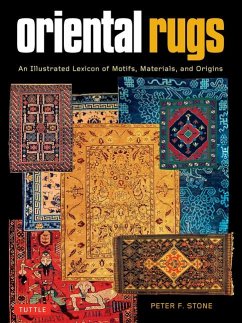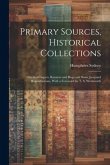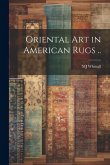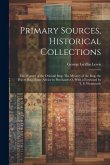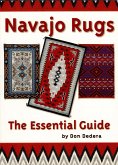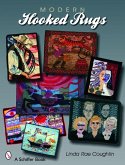A must-have reference to the highly confusing rug terminology used across the globe--from Morocco to Turkey, Persia and the Caucasus region to Central Asia, India and China! This monumental reference work--coveted by collectors and scholars alike--remains to fill an important gap in the available literature. Lavishly illustrated with over 1000 photographs and drawings, it offers clear and precise definitions for the rug and textile terms used across a broad swath of the globe--from Morocco to Turkey, Persia, the Caucasus region, Central Asia, Afghanistan, Pakistan, India and China. It covers priceless museum-quality rugs as well as modern centers of production, and draws on classical scholarship as well as current terms used by producers and traders today. It focuses on the rich hand-knotting and hand-weaving traditions of the Near East and Central Asia, and also includes some Scandinavian and Native American weavings. Rug terms are confusing; the same rug is often called by a baffling array of different names. Some of these refer to a specific geographic or ethnic origin, while others refer to a particular function, method of production or material. This book makes all these terms accessible and understandable, and aids researchers and collectors by precisely identifying each region and ethnic group and explaining the designs, motifs and materials typically used there. It highlights rugs of particular significance and explains technical terms in use by local producers and traders.
Hinweis: Dieser Artikel kann nur an eine deutsche Lieferadresse ausgeliefert werden.
Hinweis: Dieser Artikel kann nur an eine deutsche Lieferadresse ausgeliefert werden.

